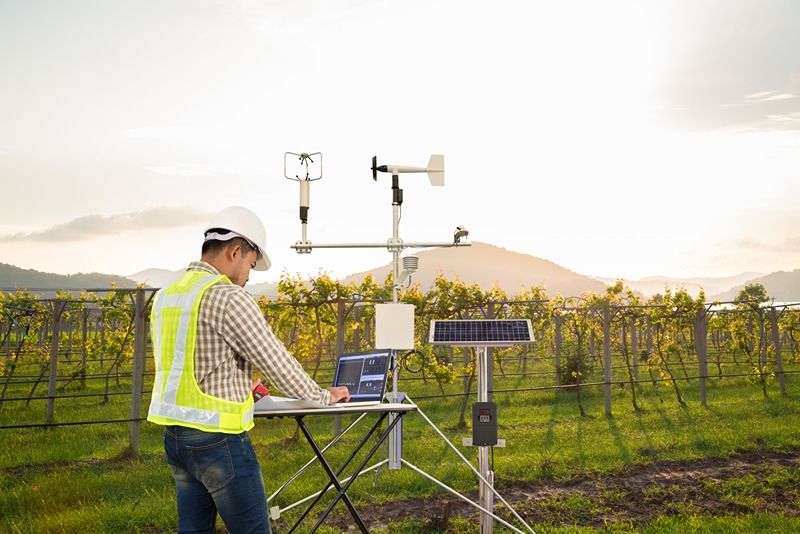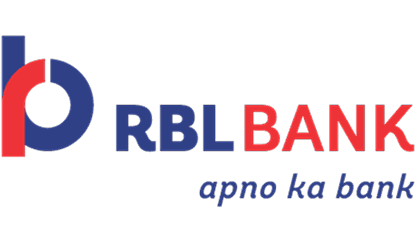In 2025, industrial enterprises are increasingly turning to solar energy to meet their power needs sustainably. However, the efficiency of solar installations hinges not just on the quality of panels but also on the effectiveness of monitoring systems. Smart solar monitoring, leveraging Internet of Things (IoT) technologies, has emerged as a pivotal tool in optimizing solar energy utilization in industrial settings.
The imperative for smart monitoring
Traditional solar monitoring methods often involve manual inspections and periodic maintenance checks, which can be time-consuming and prone to oversight. In contrast, smart solar monitoring systems provide real-time data on various parameters such as voltage, current, temperature, and irradiance. This continuous stream of data enables immediate detection of anomalies, facilitating prompt corrective actions and minimizing downtime.
Enhancing operational efficiency
Implementing smart monitoring systems can lead to significant improvements in operational efficiency. By continuously analyzing performance data, these systems can identify underperforming panels or inverters, allowing for targeted maintenance. This proactive approach not only extends the lifespan of equipment but also ensures consistent energy output, aligning with production schedules and reducing reliance on grid power.
Predictive maintenance and cost savings
One of the standout features of smart solar monitoring is its predictive maintenance capability. By analyzing trends and patterns in performance data, the system can forecast potential failures before they occur. This foresight allows for scheduled maintenance, reducing unexpected outages and associated costs. Moreover, by maintaining optimal performance, industries can maximize their return on investment in solar infrastructure.
Integration with industrial IoT
Smart solar monitoring systems can be seamlessly integrated into existing Industrial IoT (IIoT) frameworks. This integration enables centralized control and monitoring of various industrial processes, fostering a cohesive and efficient operational environment. Data from solar monitoring can be combined with other operational data to provide comprehensive insights, facilitating informed decision-making and strategic planning.
Security and data integrity
With the increasing reliance on digital systems, ensuring the security and integrity of data is paramount. Advanced smart monitoring systems incorporate robust cybersecurity measures, including encryption and secure communication protocols, to protect sensitive information. Regular updates and compliance with industry standards further bolster the system's resilience against potential cyber threats.
Scalability and customization
Modern smart solar monitoring solutions offer scalability to accommodate the growing energy needs of industrial operations. They can be customized to monitor multiple sites, providing a unified platform for energy management across various locations. This flexibility ensures that as industries expand, their energy monitoring systems can adapt accordingly, maintaining efficiency and control.
Conclusion
The adoption of smart solar monitoring systems represents a strategic move for industrial operations aiming to enhance energy efficiency and sustainability. By providing real-time insights, facilitating predictive maintenance, and integrating seamlessly with existing IIoT systems, these solutions empower industries to optimize their solar energy usage. As the industrial landscape continues to evolve, embracing such technologies will be crucial in achieving operational excellence and environmental responsibility.




 +91 7208055523
+91 7208055523
 Help & support
Help & support
